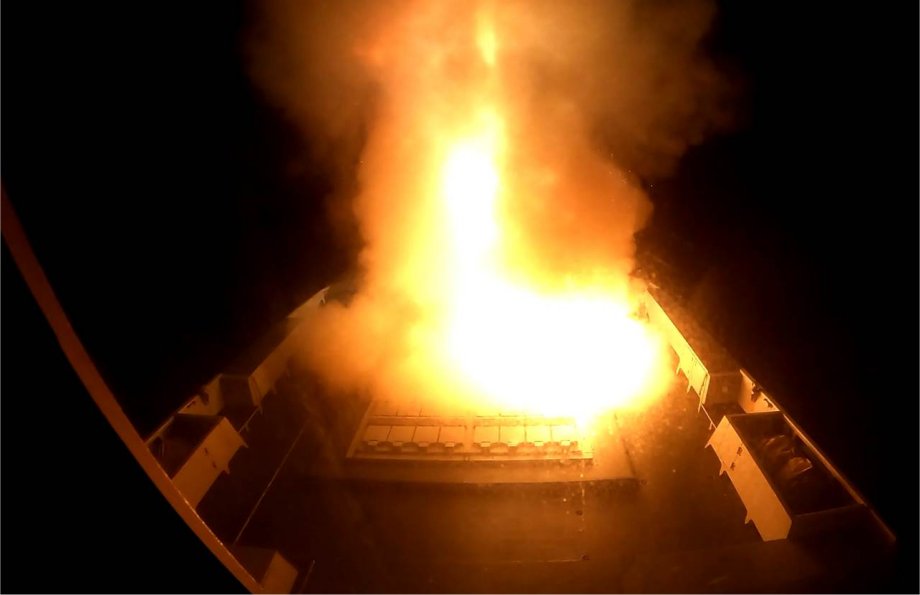Breaking news
French FREMM frigate fires costly Aster missiles to destroy Houthis drones.
According to information published by the French MoD on February 20, 2024, the French Multi-Mission Frigates (FREMM) Languedoc and Alsace successfully detected and neutralized multiple drone attacks originating from Yemen.
Follow Navy Recognition on Google News at this link
 French FREMM frigate firing Aster missile. (Picture source: French Navy)
French FREMM frigate firing Aster missile. (Picture source: French Navy)
These incidents occurred within their respective patrol zones in the Gulf of Aden and the southern Red Sea, where two drones were engaged and destroyed. These operations align with the objectives of EUNAVFOR ASPIDES, an initiative launched by the European Union on February 19th under Greek command, aimed at securing maritime pathways against emerging threats.
Comments
The deployment of French Aster 15 missiles against Houthi drones over the Red Sea encapsulates a broader strategic and economic conundrum faced by modern naval forces engaging in contemporary asymmetric warfare.
This scenario underscores the stark contrast between the high costs of advanced Western military technology and the relatively low expense associated with deploying unmanned aerial vehicles (UAVs) by non-state actors like Yemen's Houthi rebels.
The French Navy's decision to utilize missiles valued at approximately €1 million ($1.1 million) each to intercept drones costing as little as €20,000 highlights the disproportionate financial aspect of such military engagements.
The strategic implications of this economic disparity extend beyond mere financial considerations. They touch upon the broader challenges of asymmetric warfare, where state actors must navigate the complexities of countering non-state adversaries that operate with significantly lower financial thresholds.
In response to these challenges, there is an emerging consensus among military and defense analysts on the need for a more diversified military procurement strategy. Such a strategy would encompass a mix of high-end, expensive missile systems for sophisticated threats and low-end, cost-effective defensive solutions for countering cheaper UAVs.


























